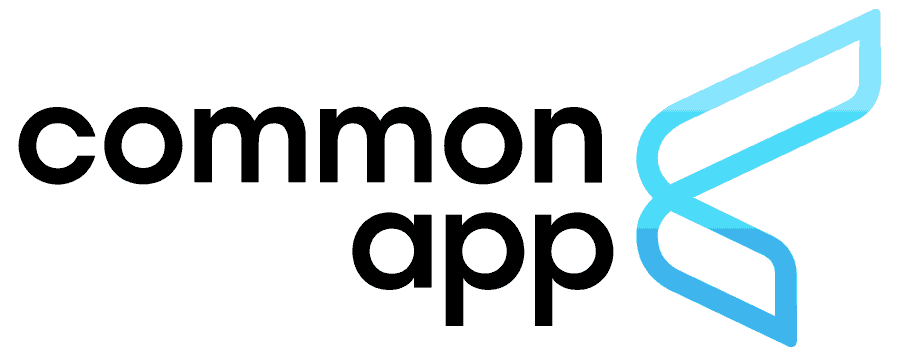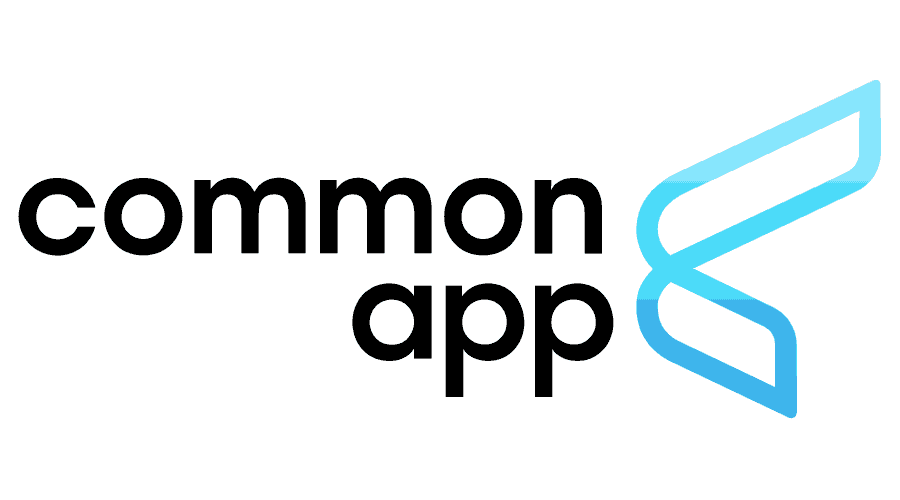How Common App helps improve access and equity on college campuses
Removing barriers and increasing outreach spark growth at Minority-Serving Institutions

Diversity happens naturally at Hawai’i Pacific University (HPU). The private, four-year university in Honolulu reflects its state’s values: embracing a student body that identifies as 67% non-white minority. And while a significant percentage of its students are coming from within Hawaii, a growing number are enrolling from the mainland United States, due in part to its membership with Common App.
“Weʻve seen nice growth in our first-year applicant pool, and Common App is helping drive some of that growth. Last fall we enrolled nearly 800 first-year students,” says Greg Grauman, Vice President of Enrollment Management at HPU. “Six years ago, we enrolled less than 450 students.” Grauman, who has held his role since 2016, says 75% of the university’s applications come through Common App, the nonprofit membership organization which allows prospective students to use one application to apply to multiple colleges and universities.
Grauman credits a significant portion of HPU’s enrollment growth to the exposure it receives through Common App. “Greater awareness of the university is sometimes all it takes for a smaller school,” Grauman says. “We can work with students, but as a first step, we need to get them to apply.”
A focus on equity
Common App has grown to more than 1,000 member institutions over the last 45 years. Much of this growth started in 2014, when the organization opened its membership to all accredited, non-profit, undergraduate degree-granting institutions.
Since then, Common App has placed a greater emphasis on equity, including prioritizing Minority-Serving Institutions (MSIs). Through those efforts, Common App has more than doubled its MSI membership to 110 in 2021-22 from 42 in 2014-15. Much of that growth was fueled by an increase in Hispanic-Serving Institutions (HSIs), whose numbers grew to 65 in 2021-22 from 22 in 2014-15.
That growth and diversification of membership has translated into an increasingly diverse group of students who use Common App to apply for college. In fact, the share of underrepresented minorities in typical members’ first-year applicant pool increased nearly every year until the COVID-19 pandemic.
"Common App is taking steps toward equity by connecting historically disadvantaged students with a wider array of diverse institutions, specifically Minority-Serving Institutions (MSIs),” says Jenny Rickard, Common App’s President and CEO. “Key to our mission at Common App is lowering the logistical and systemic barriers to college access. Students and colleges will both benefit from a larger, more diverse, and more inclusive Common App.”
One of the systemic barriers was the application process itself, and Common App has made strides in addressing it. “We want to make sure that the streamlined application process is available to more students,” says Preston Magouirk, Senior Manager of Research and Analytics at Common App, especially first-generation applicants and those from less affluent communities. Half of the applications to MSIs are from first-generation students.
Today, Common App is used by more than 1.2 million unique applicants, a third of whom are the first generation in their families to attend college. That kind of socioeconomic diversity is reflected at HPU, where roughly a third of its first-year students are first-generation. Grauman believes the simplicity of the application makes the process less intimidating for students whose parents may not have attended college themselves.

Growing the out of state admissions pool
The growing Common App membership is also helping institutions diversify geographically. Some 84% of the MSIs that use Common App say it’s helping them recruit students from out of state. According to Common App statistics, the composition of applications to MSIs from out-of-state students rose to 47% in 2021-22 from 37% in 2013-14. That’s certainly been consistent with HPU’s experience. It has more than doubled its applicant pool over the last six years, and 75% of its student body hails from the lower 48 states.
“We are able to find students in New Hampshire who, through searching on Common App, learn that they can study marine biology in Hawaii,” he says. “They might not have people in their community talking about going so far away–or studying anything that a local school doesn’t provide,” he adds. But because they see HPU on a list of member institutions, they may become curious and apply.
“We have a relatively small staff and a relatively small budget,” Grauman says. “Being able to have some name recognition out there–it certainly helps.”
Removing barriers to increase access
Increasing the applicant pool means reaching prospective students who may face a number of barriers to applying to college in the first place, including cost. To combat this challenge, Common App has moved to make eligibility for application fee waivers more obvious. “We tell them all the ways they may be eligible for the fee waiver,” Magouirk says. The number of students indicating they were eligible for a fee waiver increased to 52% in 2021-22 from 46% in 2013-14.

Questions on college applications may also be intimidating, making some students less likely to submit. Common App has removed questions on criminal history. “Even if answering the question ‘yes’ would not disqualify them, some students may see the question and think it’s a disqualifier,” Magouirk says. Similarly, after reviewing research demonstrating that school discipline disproportionately impacted students of color, Common App removed questions related to it as well.
“We’re removing components that are not necessarily helpful and could be harmful,” Magouirk says. "We’re also thinking about ways to streamline the application and deliver information more clearly to make it less burdensome,” he says.
Grauman notes that the simplicity and the customization of the application has helped HPU drive applications. Specifically, he noted that allowing institutions to determine whether or not they require essays has helped remove barriers for its applicants. “For us, the essay can add value to an application, but it’s not central to the review,” Grauman says.
Piloting new pathways for underrepresented students
In addition to removing barriers, Magouirk says Common App is focusing on outreach to underrepresented communities to ensure that students are aware they can access a more streamlined application process.
Common App is also piloting a new direct admissions approach. Using information students have already provided, member institutions and Common App reach out to potential applicants directly through email, giving students great news: they’re in, as long as they send an application. “It reduces anxiety and increases students’ choice sets,” Magouirk says. During the last admissions cycle, the Common App saw success with this approach, especially among historically underrepresented students. The organization is continuing the pilot with some enhancements for the 2022-23 cycle.
For HPU, supporting a diverse student body is central to its mission. Reaching more students outside Hawaii who are searching for a multicultural college experience is a benefit of its Common App membership.
“We’re grateful for the national platform and exposure the Common App provides, as well as the efforts to identify and remove obstacles to admission,” Grauman says. “Quite often, the students we attract are those who need a little more support in the college application process,” he says. “They just need exposure to us to see that they’re a fit. Once they have it, we can take it from there.”
This custom content is sponsored by Common App and developed by Inside Higher Ed's sponsored content team. The editorial staff of Inside Higher Ed had no role in its creation.


